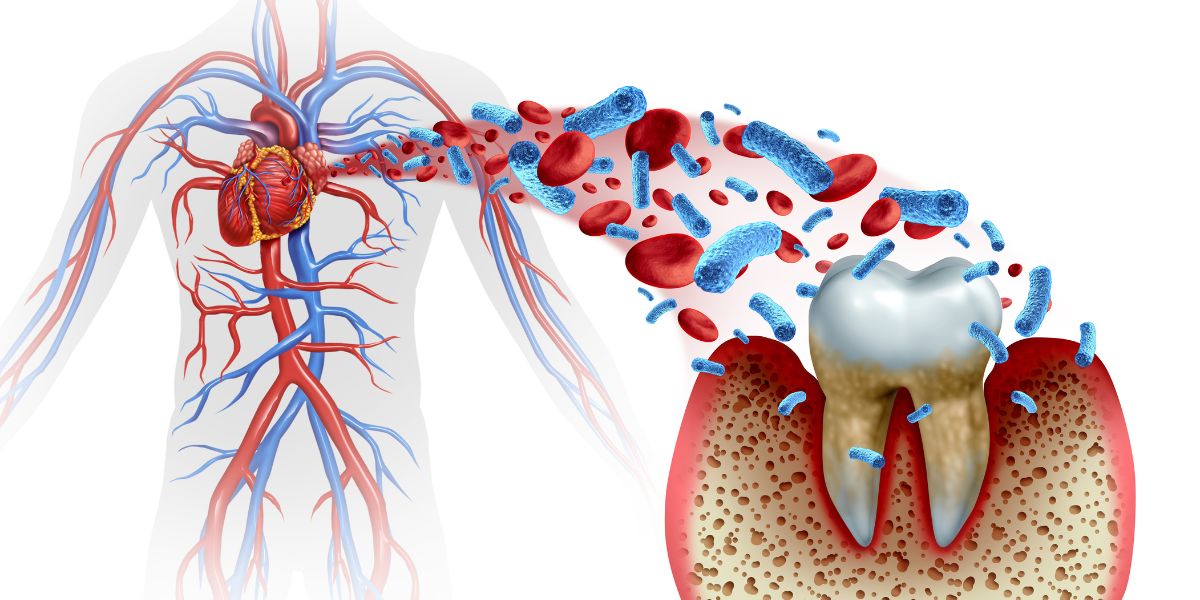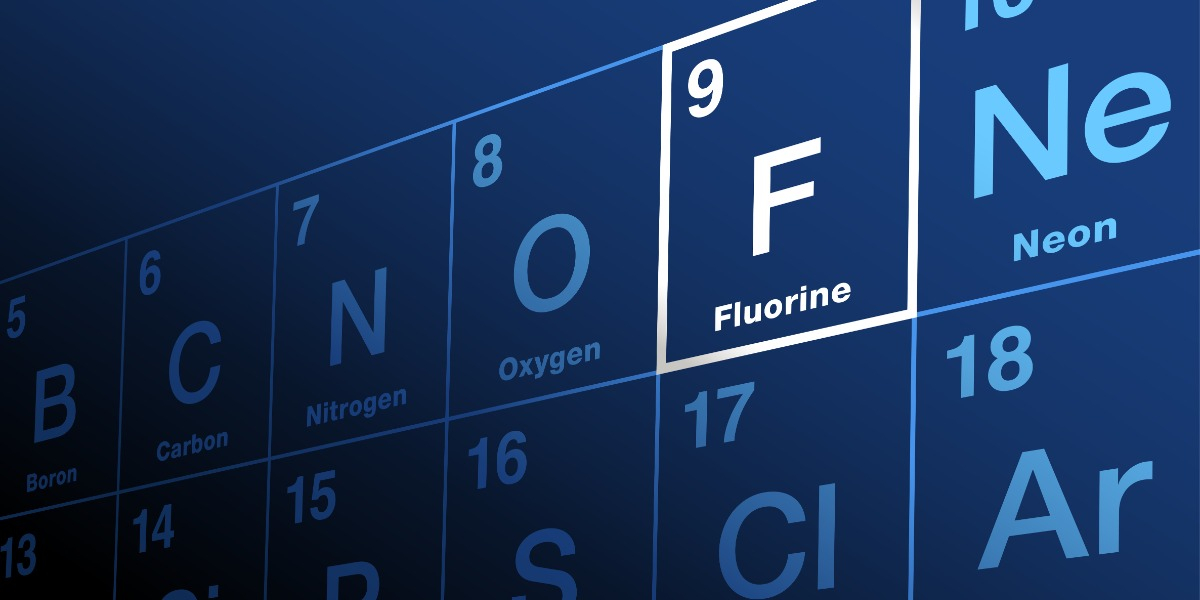
We often think of oral & physical health separately, but in fact, they are highly-related. Inflammation & bacteria from the oral cavity can migrate to the heart, leading to inflammation & serious disease.
You are sitting at your doctor’s office waiting for the cardiologist to come in and discuss your heart health. Your heart starts racing as you are unsure what they may say. Your mind starts wondering about the possibility of something being wrong. When they finally come in and sit down, they have a smile, which eases your worries. They start by taking your blood pressure and begin to have a conversation about your oral health. Wait, my oral health? Then you start to wonder why this has anything to do with your heart health.
How oral health is related to heart health
The oral-systemic link is not something that we hear about too often. We never think of our medical doctors talking about our oral health. That’s why we go to the dentist. It is time for this to change. Our oral health is correlated with our overall health, and it is time we bridge the gap. The average American adult over 35 years old has some form of gum disease. [1] Gum disease creates an environment where bacteria can enter the bloodstream. Studies suggest that oral bacteria have been found in plaque and blockages of heart arteries. When you have these bacteria in your mouth and heart arteries you may be nearly twice as at risk for heart attack and stroke. [2] The plaque and bacteria in our mouth, if not properly cleaned and cared for can lead to inflammation in our mouth, causing sore and bleeding gums. This over time, if left untreated, can lead to periodontal disease. Periodontal disease is directly linked to artery inflammation. Again, once this bacteria from the mouth enters the bloodstream, it causes arteries to harden, which in turn increases a patient’s risk for stroke or heart attack. [3] It is imperative to assess, diagnose and treat gum disease to help aid in the prevention of not only oral disease but heart disease.
Risk Factors: Poor oral hygiene, smoking, diabetes, chronic inflammation
What you can do to be proactive
It is important to visit a dental professional at least twice a year for a routine oral wellness visit. You should brush your teeth at least twice a day for two minutes with either an electric toothbrush or a soft bristle brush. Clean in between your teeth with either floss, interproximal brushes, or a water flosser daily. Also rinsing with a PH-balancing mouthwash and using an oral probiotic are great adjuncts to boost the overall health of your mouth. [4]
It is important to note that by implementing these easy steps into our lives we are decreasing the inflammation in our mouths. With decreased inflammation, we have less bleeding and a more symbiotic state in our mouths. We now know that the bacteria in our mouth play a huge role in the oral-systemic link and our heart health. Take the time to implement these good habits into your daily routine to help reduce your risk of oral disease and heart disease. Also, don’t forget to see both your primary care doctor and dentist on a regular basis. Preventive medicine is the best type of medicine!
References
- Hooper, L. (n.d.). For Clinicians. Direct Diagnostics. Retrieved January 20, 2023, from https://www.directdiagnostics.com/for-clinicians
- What your teeth say about your health ( 2021, February 8) Nebraska Medicine. Retrieved January 20, 2023 https://www.nebraskamed.com/heart/what-your-teeth-say-about-your-heart-health#:~:text=Certain%20studies%20suggest%20that%20the,for%20heart%20attack%20and%20stroke
- Grenis, R. (2022, May 10). Relationship Between Oral Health and Systemic Disease. American Academy for Oral Systemic Health. Retrieved January 20, 2023, from https://www.aaosh.org/connect/relationship-between-oral-health-and-systemic-disease
- How Oral Health And Heart Disease Are Connected. (2023, January 9). Colgate. Retrieved January 20, 2023, from https://www.colgate.com/en-us/oral-health/heart-disease/how-oral-health-and-heart-disease-are-connected





